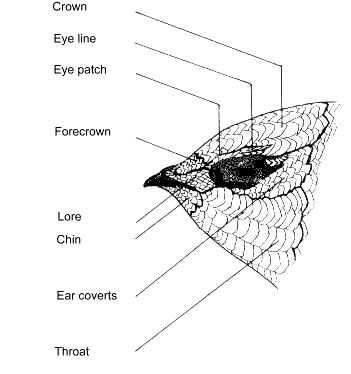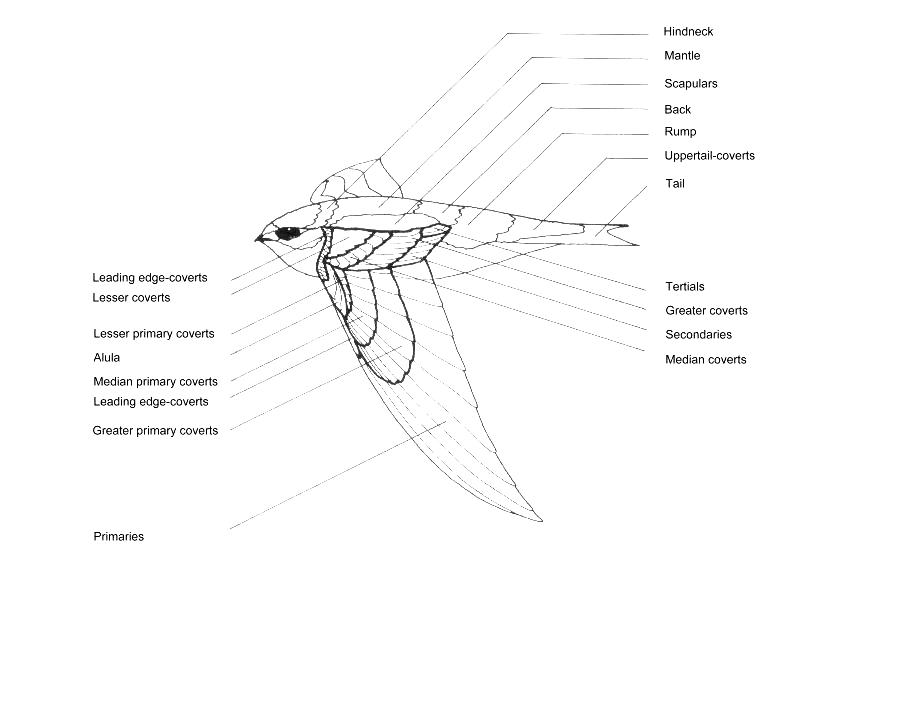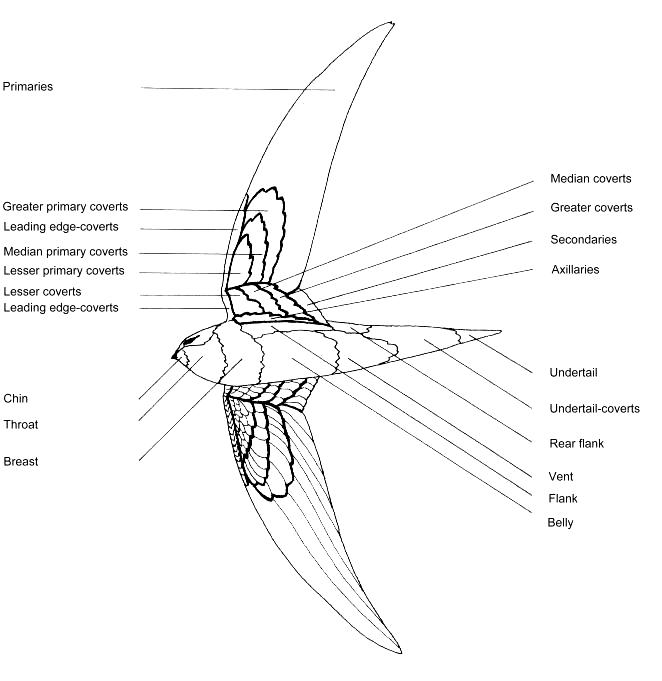The Common Swift
(Apus apus L.)
This bird is special in many ways. It's the last to arrive at its northern breeding grounds and the first to leave. For a bird of its size, it can live a long time, and swifts have to known to live for as long as 21 years. It can survive bad weather by entering what is called torpor, a coma-like condition in which its metabolism slows to almost nothing.
The most amazing thing is the adaptation of the species to flight. The body is the perfect development for flying in the air. The Common Swift does everything in the air, except breeding. It finds its prey there and feeds on the wing. It preens and plays in the air. It sleeps there most of the time in its life. It mates and collects nesting material on the wing. The wings are narrow but long which makes it a rapid and precise hunter of its targets such like flying insects and spiders. From quiet waters it drinks while flying or takes showers when its bill dives and splashes water.
The Common Swift return to the breeding places in their old colony approximately the same time each year, around the 1st of May in central Europe. It is faithful to its breeding place so that the pairs may breed together for many years. When one partner doesn't come back from Africa or dies during its stay, its place will be immediately taken by another bird of the same sex. Swifts lay 2-3 eggs and breed and hatch the chicks together. In these days they fly late until dark, while the non breeders of a colony assemble and fly high in the sky to sleep there on the wing. At the end of July the young will fly out, mostly right after sunset and will never come back to the nest. They need no exercises in flying and after a few moments they practice as well as the adults. Just in time around the 1st of August the parents will leave Central Europe for Africa.
Swifts breed in holes of caves or hollows of trees. Nowadays they mostly use holes in walls or a free space under the eves of houses. They accept nest boxes too and don't fear humans. It is easy to place a nest box in a window. The hole must be directed to the open air, of which the bird needs some in front of the nesting place. When leaving the box, the Swifts don't fly up into the air, but just jump down, and while falling a couple of meters, they get the necessary speed to fly. The boxes should be about 30x20 cm and of 15 cm height. The hole is of 5 cm diameter and placed 3 cm above the bottom and 5 cm away from the fringe of one side
The Common Swift's topography



(Reproduced with kind permission of Gerald Driessens)
To watch the skeleton please click on http://www.skullsite.com/skeletons/index.htm an go to Apus apus or Gierzwaluw
| Species | Common Swift Apus apus |
|---|---|
| Family | Apodidae |
| Order | Apodiformes |
| Size | length 16-17 cm, wingspan 38-40 cm |
| Weight | 35-56 grams |
| Color | blackish brown, whitish throat |
| Sex | alike |
| Flight acquaintance | not yet measured, 190,000 km in one year estimated |
| Speed | gliding 5-14, powerflight 11-28 and when playing up to 40-60 meters per second |
| Age | average is about 7 years, the oldest reported ringed bird was 21 years old (see ApusList-No. 0069, with a photograph of this bird) |
| Food | flying insects and spiders; a feeding pair catches about 50 g every day |
| Enemies | Hobbies, sometimes small mammals which hunt in the attic, cars when the weather is rainy and the birds fly low |
| Pair bonding | monogamous seasonal pairing |
| Nest | in crevices and cracks of rocks and houses, hollows of trees, nest boxes |
| Eggs | 2-3, 3,5 grams, white, both parents breed 19-20 days |
| Young | ready to fly when wings are 16 cm long (after about 40 days) |
| Bad weather | birds reduce temperature and stay on nest, young can survive a couple of days without feeding; nonbreeders fly to regions with better weather conditions and return then to the colony |
| Voice | Download MP3 file (275 KB) |